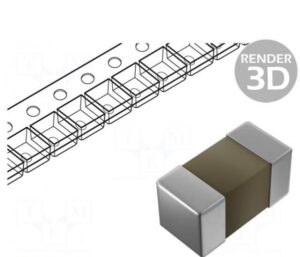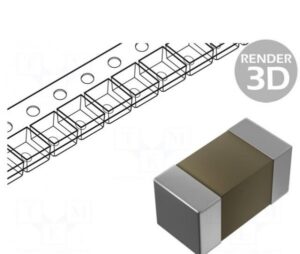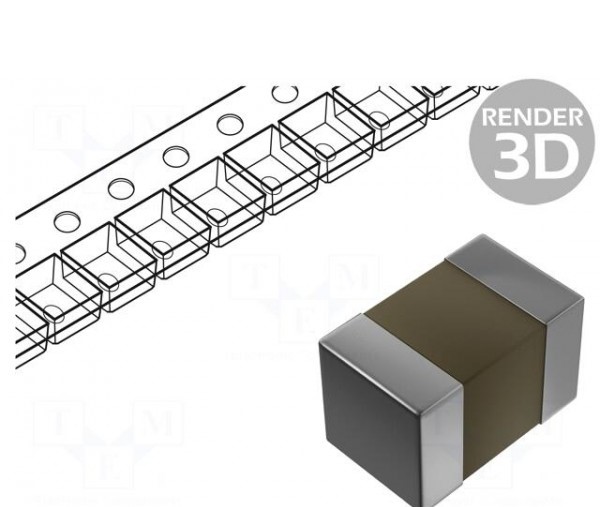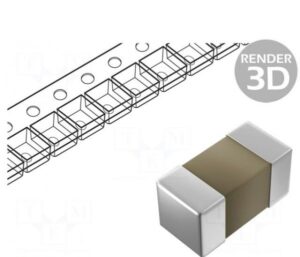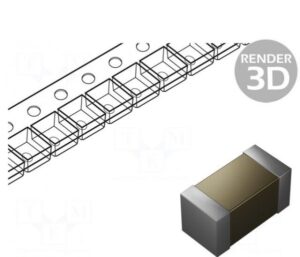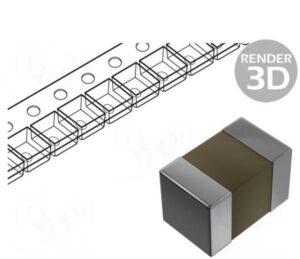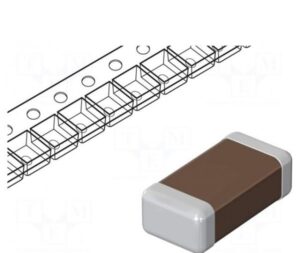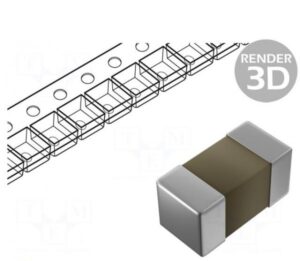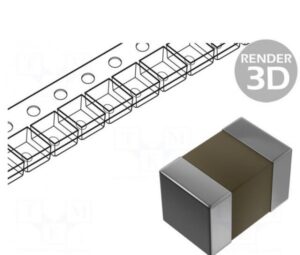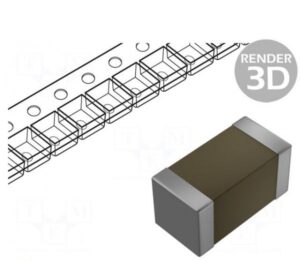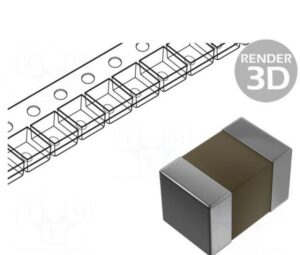Capacitor: ceramic | MLCC | 330pF | 50V | C0G (NP0) | ±5% | SMD | 0805
0.15€
This capacitor is commonly used in high-frequency applications like signal filtering, decoupling, and resonant circuits where minimal capacitance drift and high stability are crucial.
SKU:
EB1285583445
Category: Capacitor
Description
Explanation:
- Ceramic: The capacitor uses ceramic material as its dielectric. Ceramic capacitors are widely used for their stability, low cost, and compact size.
- MLCC: Multilayer Ceramic Chip Capacitor, which is made by stacking multiple layers of ceramic dielectric. MLCCs typically offer higher capacitance values and better performance in terms of stability than single-layer capacitors.
- 330pF: The capacitance value of the capacitor is 330 picofarads (pF), commonly used in high-frequency circuits such as filtering, tuning, and decoupling applications.
- 50V: The maximum voltage rating is 50 volts DC. The capacitor is designed to operate safely up to this voltage without breakdown or failure.
- C0G (NP0): A type of ceramic dielectric that offers excellent stability, with minimal changes in capacitance due to temperature or applied voltage. C0G (NP0) capacitors are ideal for precision applications where stable performance is needed across a wide temperature range.
- ±5%: The tolerance of the capacitor, meaning that the actual capacitance value can vary by ±5% from the nominal value.
- SMD: Surface-Mount Device, which means the capacitor is designed for mounting directly onto the surface of a printed circuit board (PCB), a common type of mounting for modern electronic components.
- 0805: The package size is 0.08 inches x 0.05 inches (2.0 mm x 1.25 mm), a small, commonly used size for surface-mount components.
This capacitor is commonly used in high-frequency applications like signal filtering, decoupling, and resonant circuits where minimal capacitance drift and high stability are crucial.
Delivery information
Estimated delivery time: 1-4 working days

 Eesti
Eesti Русский
Русский
